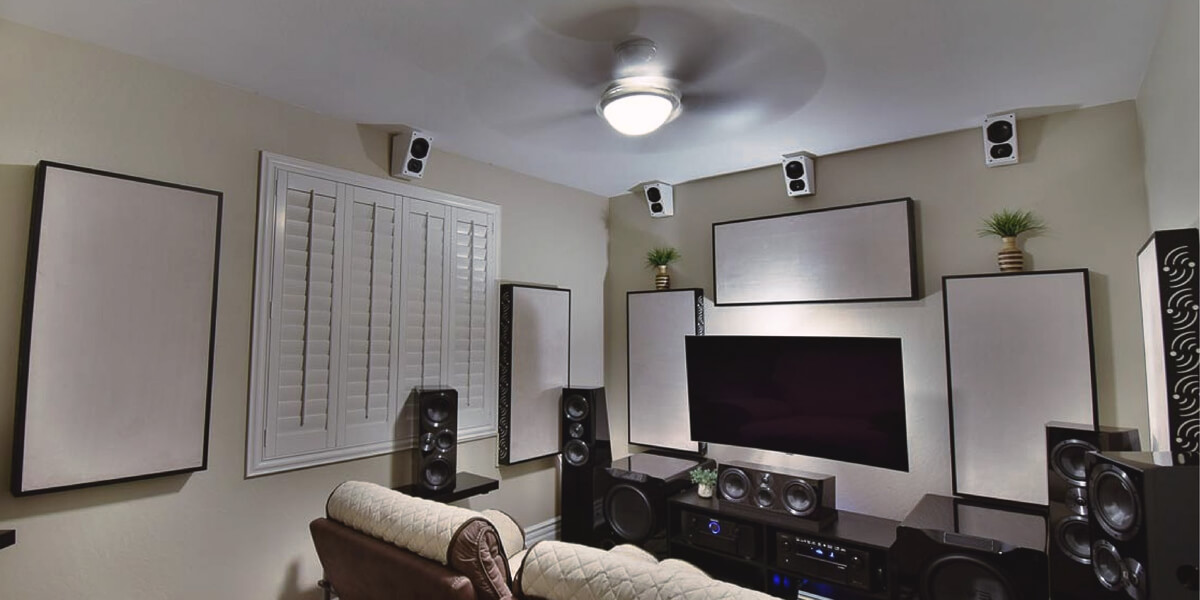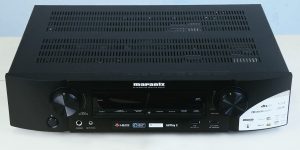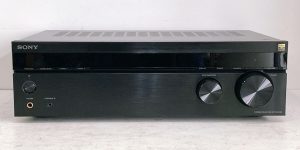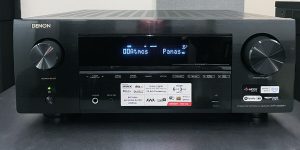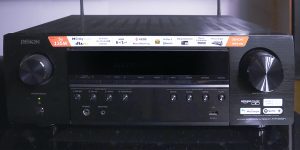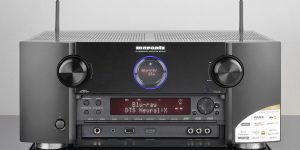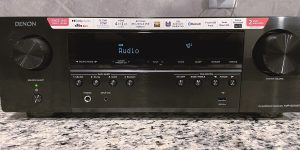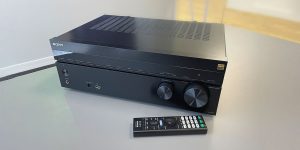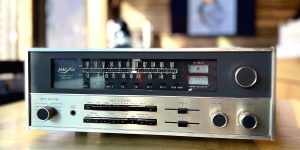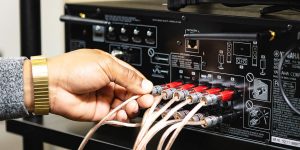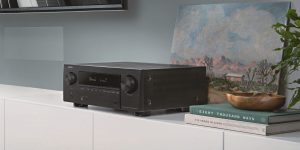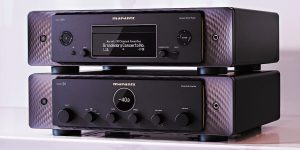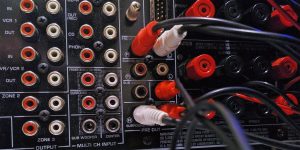It’s commonly known that it’s possible to connect any speaker to an AV receiver. “Even the ones placed on the ceiling?”, – you might ask, “Sure” – I will answer. In this article, I’ll reveal the complete instructions on how to connect ceiling speakers to a receiver, together with other necessary details.
Pre-installation planning
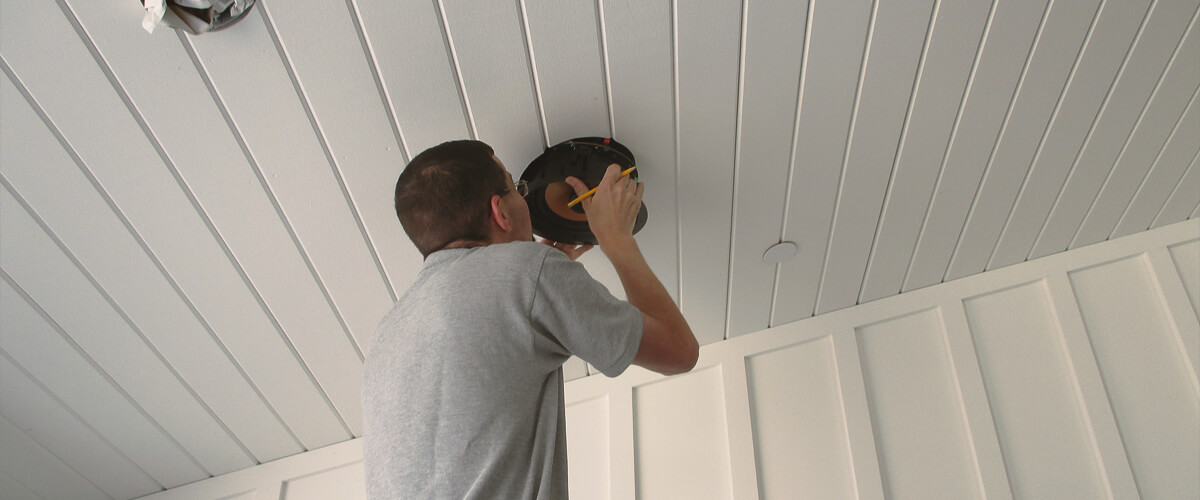
Of course, prior to installing any furniture or equipment in your living space, it’s reasonable to make a plan for it.
Choosing the right location for your speakers
Choosing the right location for your ceiling speakers is important for achieving optimal audio performance and a balanced soundstage. Here are some factors to consider when selecting the speaker placement:
| Factor | Description |
|---|---|
| Room layout and seating positions | Consider the arrangement of furniture, the location of your display screen or main listening area, and any potential obstructions that could affect the sound distribution. |
| Speaker configuration and surround sound setup | Consult the user manual or guidelines provided by the speaker manufacturer and the AV receiver to understand the recommended speaker angles and positions for your specific setup. |
| Speaker-to-listener distance | In general, for stereo or surround sound setups, speakers should be placed equidistant from the main listening position. |
| Room acoustics | Avoid placing speakers in positions where sound reflections could create unwanted echoes or distortions. |
| Ceiling speaker positioning | Generally, overhead speakers should be positioned slightly in front of and above the primary listening area, aimed toward the listeners. |
| Installation practicality | Determine if there are any structural limitations, such as ceiling beams or vents that could impact speaker placement. Ensure you have access to run speaker cables to the desired locations and that any required wiring can be done safely and neatly. |
| Personal listening preferences | Experiment with different speaker placements and configurations to find the setup that delivers the best audio experience for your preferences. |
Receiver and speaker compatibility
To connect ceiling speakers to a receiver properly, I strongly recommend ensuring correct compatibility between your AV receiver and speakers, as it’s essential for optimal audio performance. Here are some factors to consider when evaluating receiver and speaker compatibility:
- Impedance compatibility. Check the specifications of both the receiver and the speakers to ensure they are within the recommended impedance range.
- Power handling. The power rating of the speakers should match or exceed the output power of the receiver.
- Speaker sensitivity. The receiver’s power output should be suitable for speaker sensitivity.
- Speaker configuration. Ensure that the receiver supports the required number of speaker channels and configurations.
- Wiring compatibility. Ensure that the connectors on both the receiver and speakers are compatible, or use appropriate adapters if needed.
- Subwoofer compatibility. Check if the subwoofer’s impedance and power handling match the specifications provided by the receiver.
- Brand and model considerations. Manufacturers often design their speakers and receivers to complement each other in terms of sound characteristics and features.
Tools and materials needed
To make the connection correctly, you need to have certain tools and materials. For your comfort, I listed them in two columns in the table below:
| Tools | Materials |
|---|---|
| Wire cutters/strippers | Speaker wire |
| Screwdriver | Banana plugs or other connectors (optional) |
| Fish tape or wire-pulling tool (if necessary) | Wall plates (if necessary) |
| Cable clips or cable management solutions | |
| Any necessary mounting brackets or hardware |
The specific requirements may vary based on the type and model of your ceiling speakers, so refer to the speaker manufacturer’s instructions and the AV receiver’s specifications for any additional recommendations.
A step-by-step guide to connecting ceiling speakers to a receiver
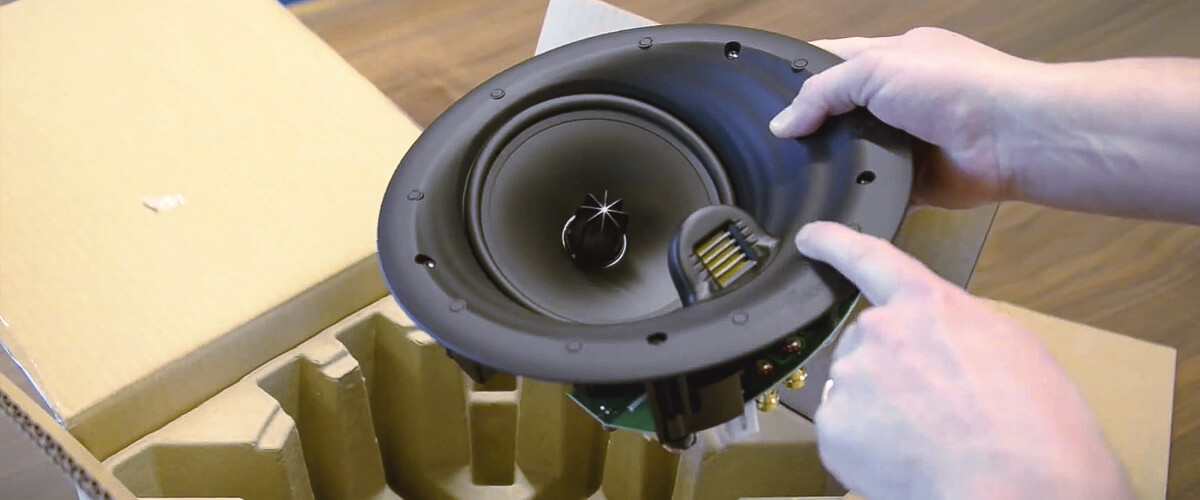
So, how to actually wire ceiling speakers to a receiver? Connecting ceiling speakers to the receiver is really not a big deal, especially if you follow my instruction conscientiously:
1. Preparing the speaker’s location
Decide where you want to install the ceiling speakers in your room. Consider factors like room layout, speaker positioning, and existing wiring or infrastructure.
2. Installing the ceiling speaker
If your ceiling speakers require mounting, follow the manufacturer’s instructions to install them securely. Use a screwdriver or drill to attach the speaker brackets to the ceiling.
3. Running the speaker wires
Measure the distance between the receiver and each speaker. Cut the speaker wire to the appropriate length, leaving some extra length for flexibility.
After that, conceal the speaker wire by routing it through walls, floors, or along the edges of the room. Use clips or cable management tools to secure the wire in place and prevent tripping hazards.
4. Connecting the speaker wires to the receiver
On the back of your receiver, locate the speaker outputs. You will find terminals labeled for each speaker channel (e.g., “Front left,” “Front right,” etc.). Insert the respective speaker wire ends into the appropriate terminals, ensuring a secure connection.
5. Testing the system
Play some audio through your receiver and ensure that sound is coming from each ceiling speaker. Adjust the volume and balance settings as needed to achieve the desired sound experience.
By following these steps, I guarantee that you will be able to successfully connect your ceiling speakers to a receiver and enjoy new impressions right away!
FAQ
Can I use ceiling speakers for the rear surround?
Yes, you can use ceiling speakers for the rear surround sound in your home theater setup.
Do people still use ceiling speakers?
While different speaker options exist, ceiling speakers remain popular for specific applications where their unique benefits and features align with the desired audio setup and aesthetics.
Is there a difference between in-wall and in-ceiling speakers?
While there may be some overlap in the features and applications of in-wall and in-ceiling speakers, their design and intended use cases are distinct. Choosing between them depends on factors like the room layout, audio requirements, and personal preferences for speaker placement and performance.

